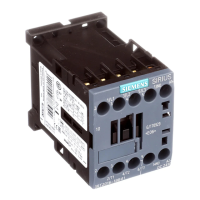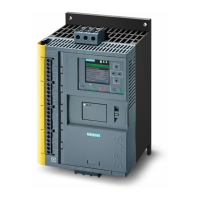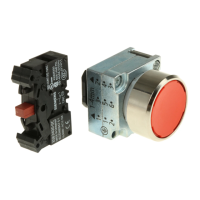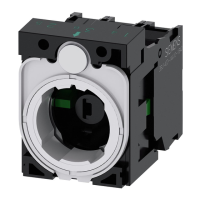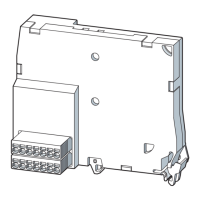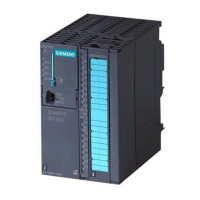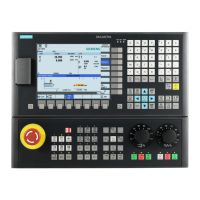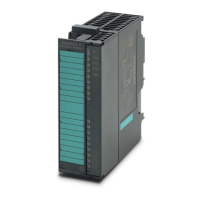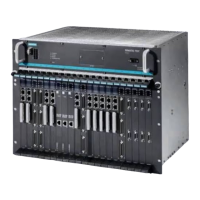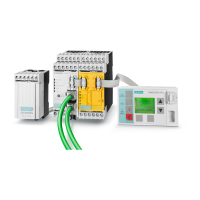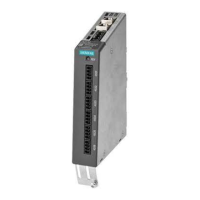SIRIUS 3RU thermal overload relays / SIRIUS 3RB electronic overload relays
Manual, 09/2016, A5E03656507420A/RS-AB/003
5
1 Introduction ............................................................................................................................................. 9
1.1 Responsibility of the user for system configuration and functionality ....................................... 9
1.2 Purpose of the manual .............................................................................................................. 9
1.3 Advantages through energy efficiency .................................................................................... 10
1.4 Required basic knowledge ...................................................................................................... 10
1.5 Scope of the manual ............................................................................................................... 10
1.6 Siemens Industry Online Support ........................................................................................... 11
1.7 Further documentation ............................................................................................................ 12
1.8 DataMatrix code ...................................................................................................................... 13
1.9 Siemens Industry Online Support app .................................................................................... 13
1.10 Recycling and disposal ........................................................................................................... 14
1.11 Technical Assistance .............................................................................................................. 14
2 Standards ............................................................................................................................................. 15
2.1 Standards ................................................................................................................................ 15
3 Product description ............................................................................................................................... 17
3.1 Introduction ............................................................................................................................. 17
3.2 Versions .................................................................................................................................. 19
3.3 Applications ............................................................................................................................. 21
3.4 3RU21 thermal overload relays .............................................................................................. 23
3.5 3RB20 electronic overload relays ........................................................................................... 28
3.6 3RB21 electronic overload relays ........................................................................................... 32
3.7 3RB30 solid-state overload relays .......................................................................................... 36
3.8 3RB31 solid-state overload relays .......................................................................................... 41
4 Product combinations ............................................................................................................................ 47
5 Functions .............................................................................................................................................. 49
5.1 Protection against overload, phase failure, and phase asymmetry ........................................ 49
5.1.1 Functional principle ................................................................................................................. 49
5.1.2 Inverse-time delayed overload release ................................................................................... 50
5.1.3 Tripping classes ...................................................................................................................... 50
5.1.4 Tripping characteristics ........................................................................................................... 51
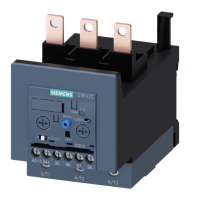
